
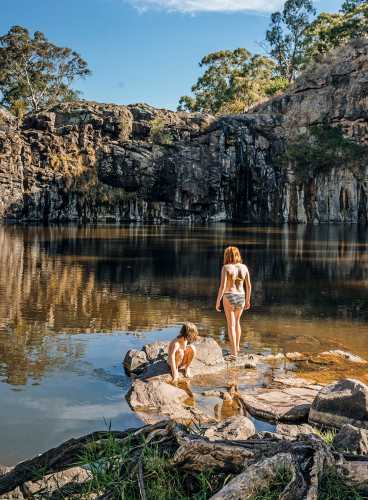
A waterhole and dramatic scenery at Turpins Falls, near Kyneton, in central Victoria. Credit:Kate Berry
What made things worse was that in Queensland the main exports seemed to be sugar, coal and championship swimmers. You weren't just expected to know how to swim, you were expected to be good at it, too.
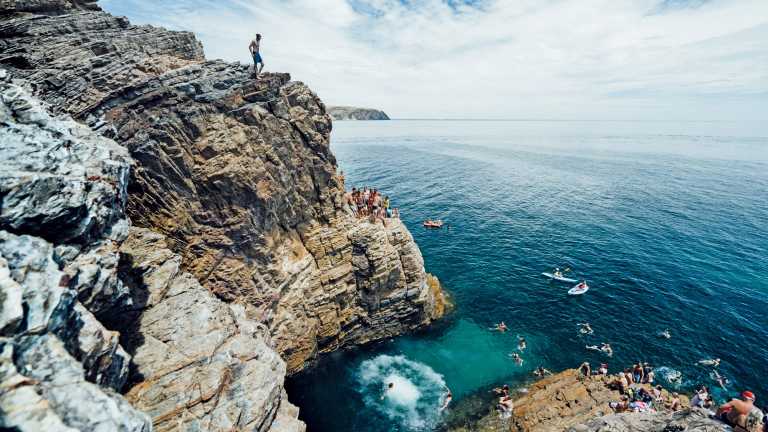
The cliff jump at Second Valley, on South Australia's Fleurieu Peninsula.Credit:Jackson Groves
I was the skinny kid from the migrant family, uselessly flailing and windmilling in the water, holding on to the sides of the pool every few metres like a capsize survivor clinging to debris, spluttering for life.
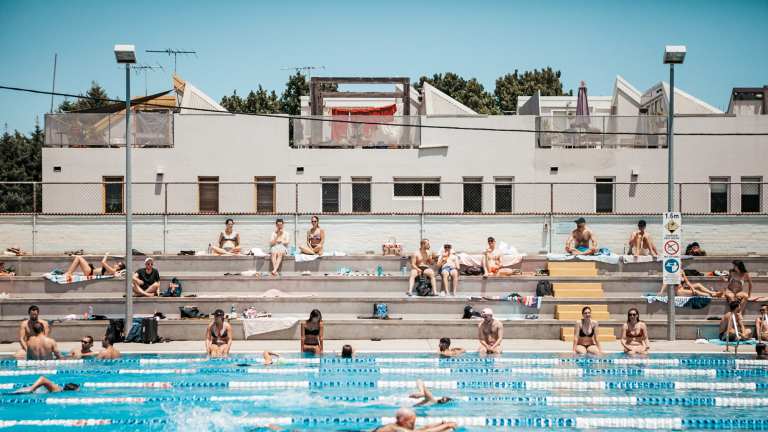
Fitzroy Pool, in inner Melbourne.Credit:Dillon Seitchik-Reardon
It was only in adulthood that I fell in love with swimming. A specialist told me to swim to relieve my twisted spine, and I reluctantly signed up at my local pool. Gradually I improved my stroke; eventually I started doing laps regularly for exercise; in time, I was swimming kilometres – plural! – every week.
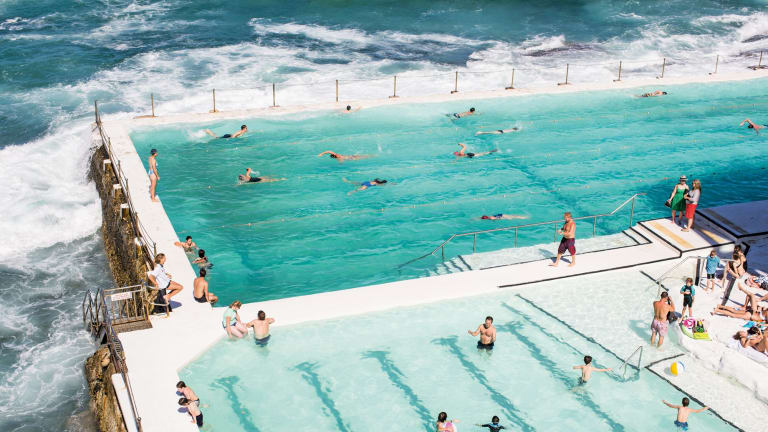
Pools at the Bondi Icebergs club in Sydney.Credit:Nikki To
It wasn't simply the act of swimming I fell in love with. It helped that no matter what Australian town or city I was in, there would be a world-class municipal – often Olympic-sized – pool nearby. Or that I could take a dip in pristine beaches and freshwater lakes, or ocean pools carved into rock walls. Is it going too far to say swimming is the Australian version of baptism?
To me, these places feel sacred; to swim in them veers towards sacrament. When I get writer's block, I swim. When I need space, I swim. When I need company, I swim. When I'm depressed, I swim. When I'm happy, I swim. It's not until Australians travel abroad that we realise that Australia is the best place for swimming. To know this country is to know it by the bodies of water into which we can plunge.
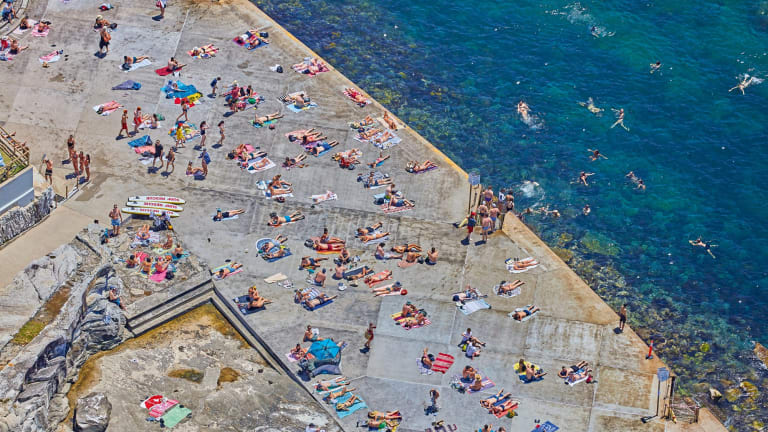
Sun worshippers on the "concrete beach" at Clovelly in Sydney's eastern suburbs.Credit:Remy Gerega
This is an edited extract of Benjamin Law's foreword to Places We Swim by Caroline Clements and Dillon Seitchik-Reardon (Hardie Grant), out now.
This article appears in Sunday Life magazine within the Sun-Herald and the Sunday Age on sale December 16.






 Add Category
Add Category